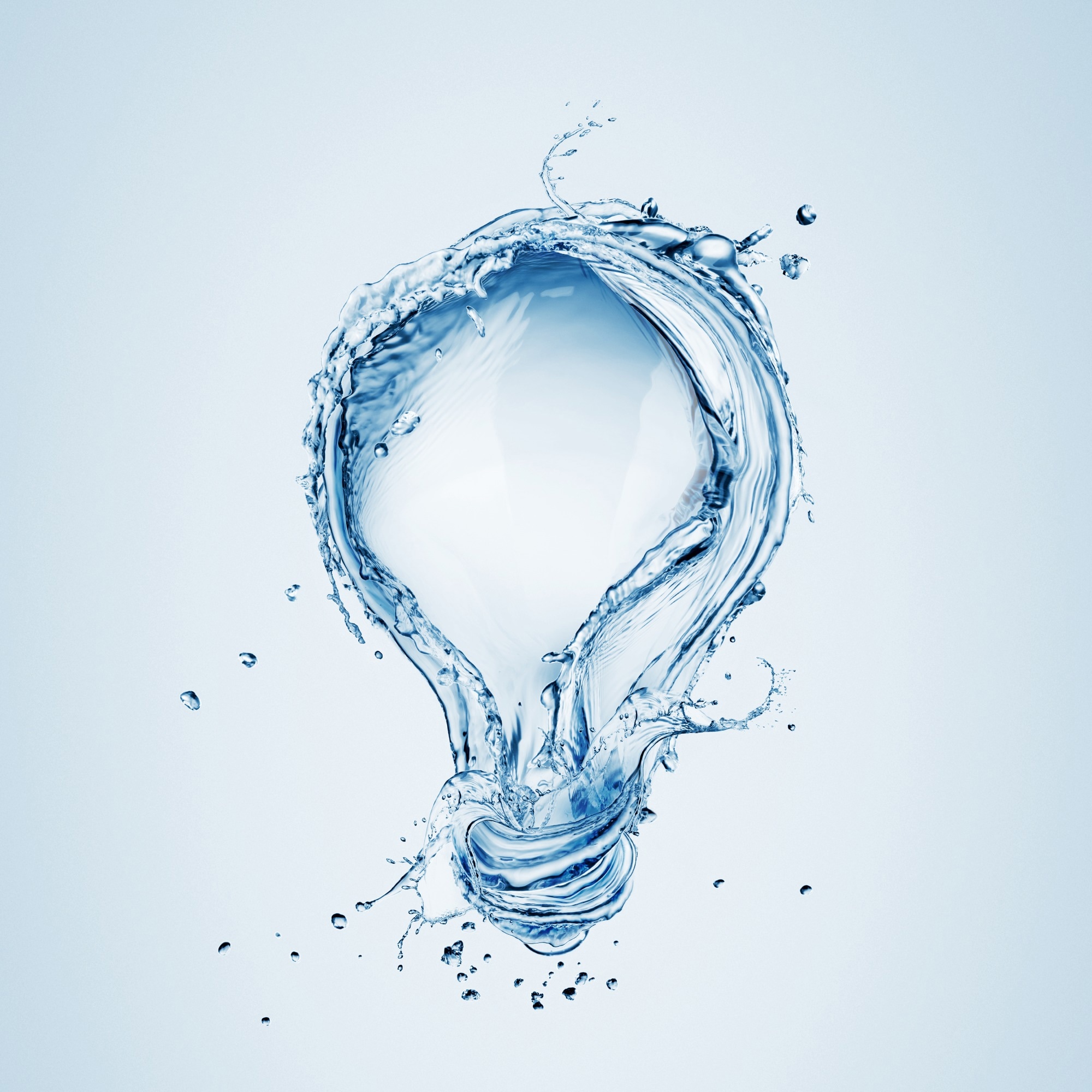Reviewed by Mila PereraOct 28 2022
An efficient strategy to create new energy usage and address the energy crisis is to combine renewable energy with water electrolysis to produce hydrogen. To achieve this, it is critical to completely comprehend the cathodic hydrogen evolution reaction (HER) mechanism.

Image Credit: Shutterstock.com/artjazz
The kinetics under alkaline settings are two orders of magnitude slower than those under acidic conditions, implying that the reaction process becomes more intricate than that under acidic conditions. As a result, in-depth knowledge centered on the descriptor of the HER process under alkaline conditions is crucial for enhancing HER activity.
“Water molecules act as solvents in catalyzing HER in acid, while water molecules play dual roles in catalyzing alkaline HER, that is, reactant and solvent,” explained the scientists at Chongqing University.
The investigators focused on the involvement of water molecules in HER, detailed the progress of the HER activity descriptor over the last decade, and presented their interpretation of how water molecules influence the kinetics and dynamics of HER based on their study and experience in the field.
For example, hydrogen binding energy, a widely utilized activity descriptor, can indicate alkaline HER activity after correcting for water adsorption energy. Water dissociation involved hydroxide binding, and OH− and cation adsorption were identified as HER descriptors.
Furthermore, the interfacial water is identified as a critical factor influencing pH-dependent HER activity, and it can be intentionally augmented and reoriented to increase HER kinetics drastically.
The review study was recently published in Science China Chemistry. Zidong Wei, the head of the New Energy Material Chemistry and Chemical Engineering Group, led the study and the first authors are Chao Cheng and Mingming Deng.
The team has devoted years to exploring the underlying mechanism of electrocatalysis, inventing innovative high-performance electrocatalysts, and thereby boosting the conversion efficiency between matter and energy in the new energy field, including fuel cells and water electrolysis.
“Water molecules are the few molecules that can enter the depth of the electrode/electrolyte interface because of a strong interaction between the charged electrode and water dipole. In neutral and alkaline solutions, water acts as a reactant to supply the source of hydrogen evolution. The continuous HER will be suppressed if water is weakly adsorbed on the catalyst surface and not provided timely,” added the investigators.
Interfacial water configuration and dynamic process are of high importance in determining the HER performance of catalysts. On the basis of our previous studies, we concluded that the electric field at the electrode/solution interface can regulate the enrichment, reorientation, and activation dissociation of interfacial water, thereby promoting the coupling of the elementary steps of HER and improving its reaction dynamics in the high polarization region, and this coupling mechanism is also universal.
Zidong Wei, Head, New Energy Material Chemistry and Chemical Engineering Group, Chongqing University
Journal Reference
Cheng, C. et al. (2022) The contribution of water molecules to the hydrogen evolution reaction. Science China Chemistry. doi.org/10.1007/s11426-022-1371-x.